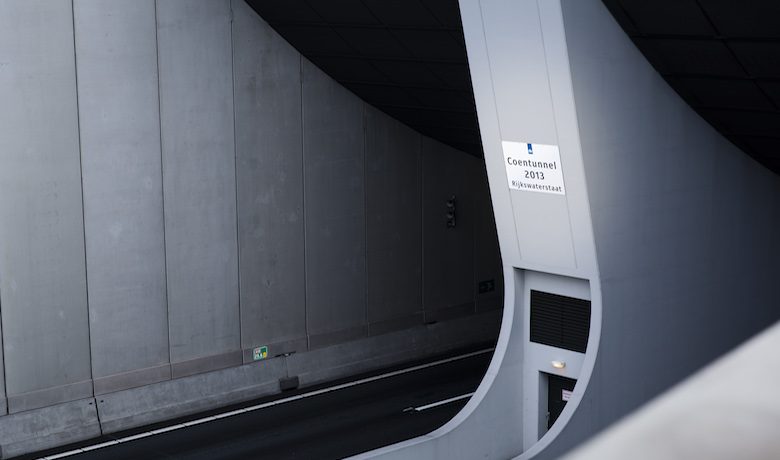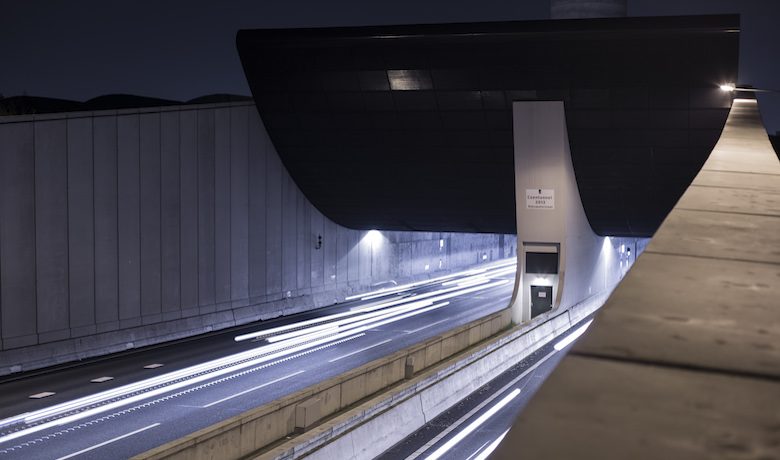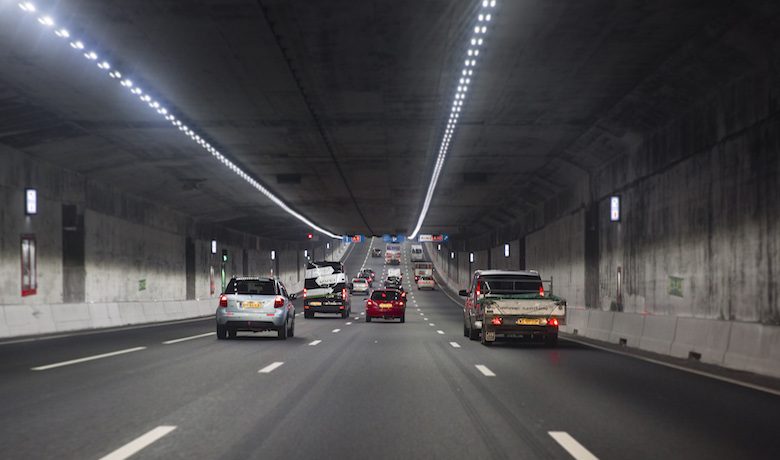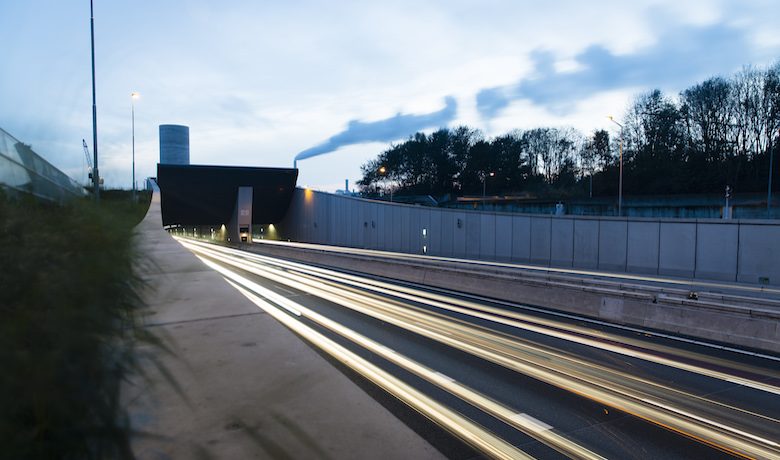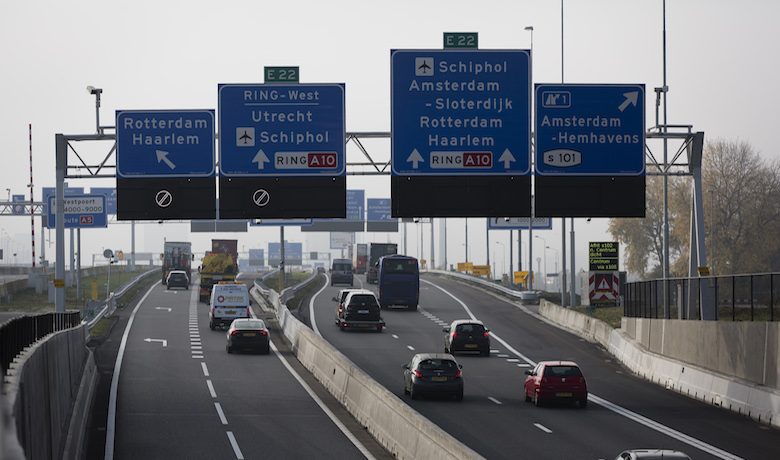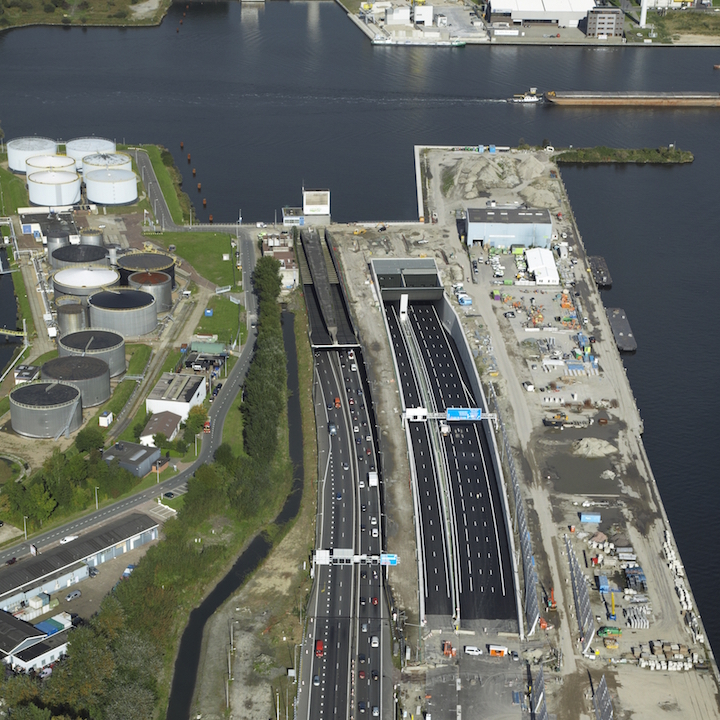BACKGROUND
Amsterdam’s population increased by more than 10% from 1990 to 2013. In only 20 years, the Dutch capital’s population rose from 700,000 to 800,000.
The Coentunnel, located north of Amsterdam, experiences serious traffic congestion since it is a strategic location providing access to Europe’s fourth-largest seaport. Therefore, it was deemed necessary to renovate the first tunnel and build a second one.
The second 5-lane immersed tunnel below the port of Amsterdam is designed to double the capacity of the existing tunnel and ease traffic flow on the ring road west of Amsterdam and toward the northern part of the country.
This 5-year project was conducted by a consortium consisting of VINCI Construction Grands Projets, CFE, and DEME, which were then subsidiaries of VINCI Construction, as well as TBI, Dura Vermeer, and Besix.


